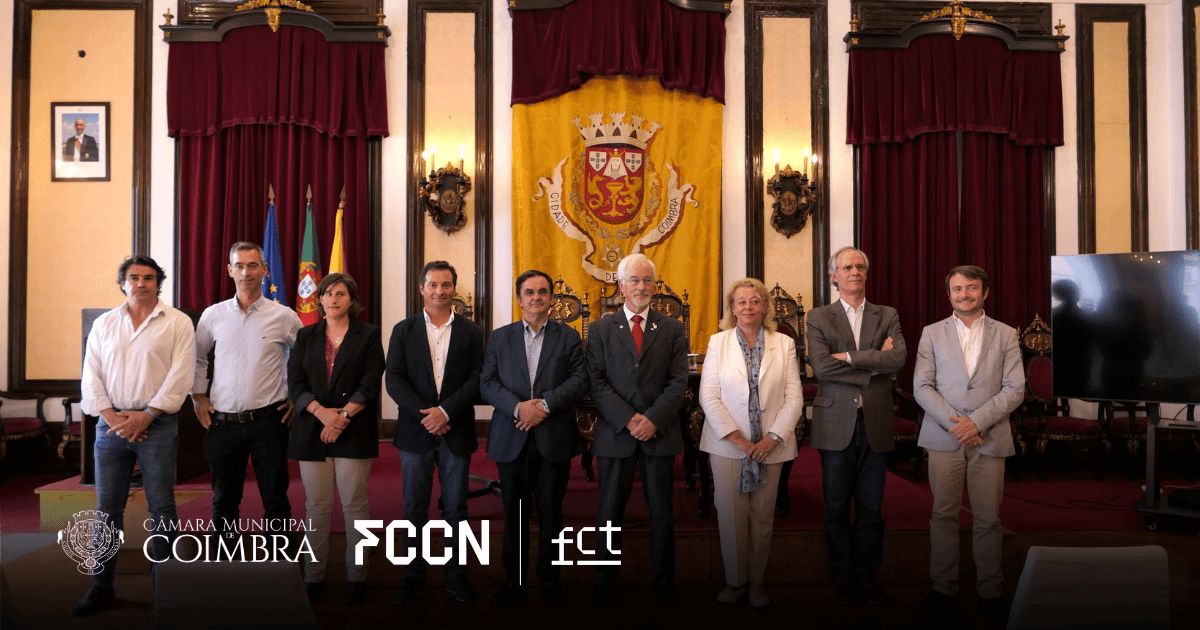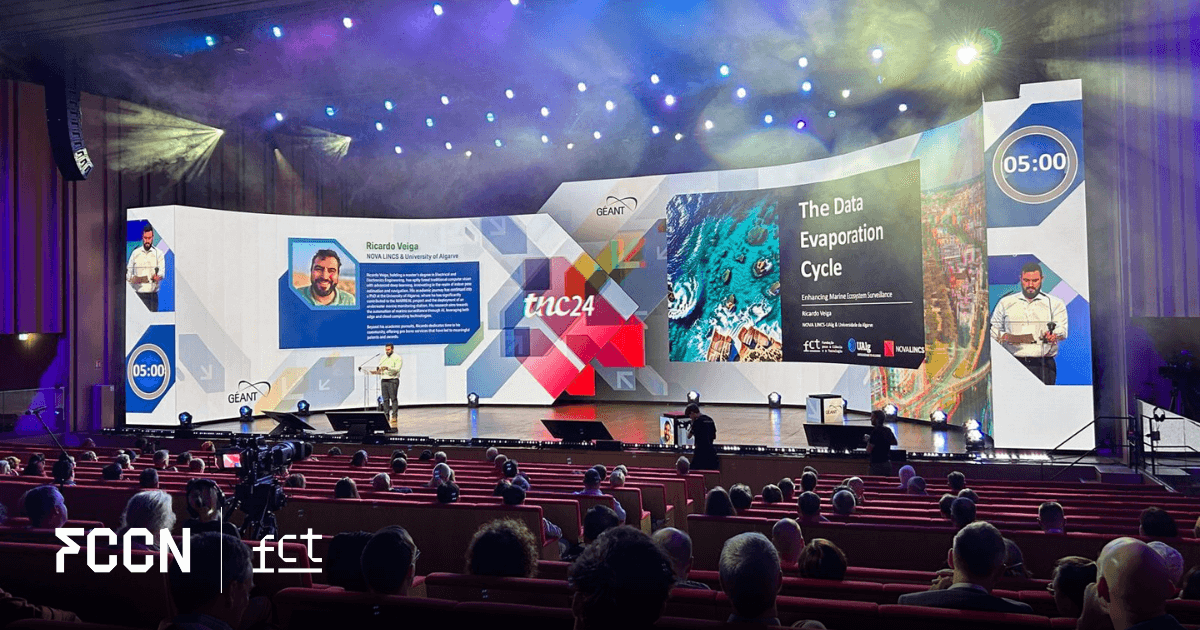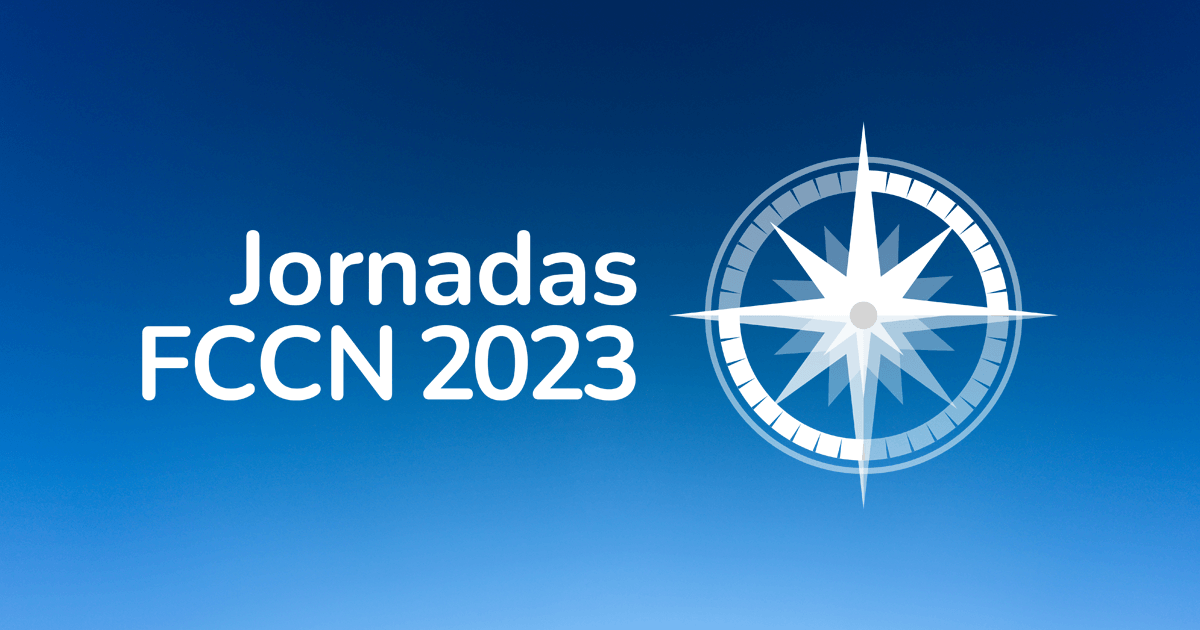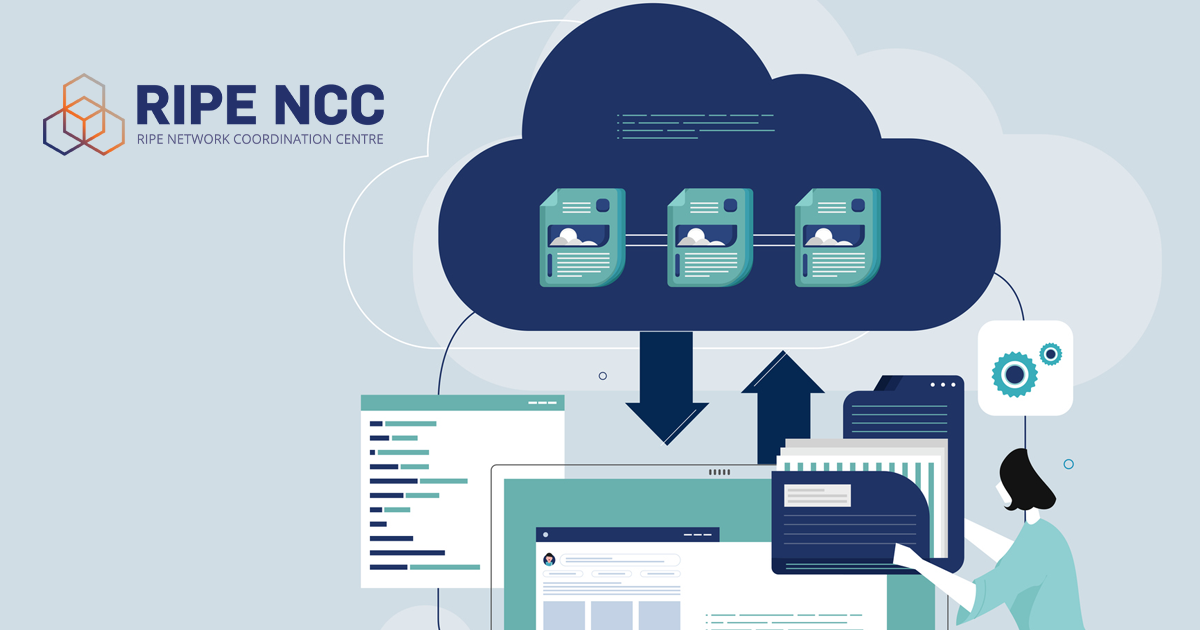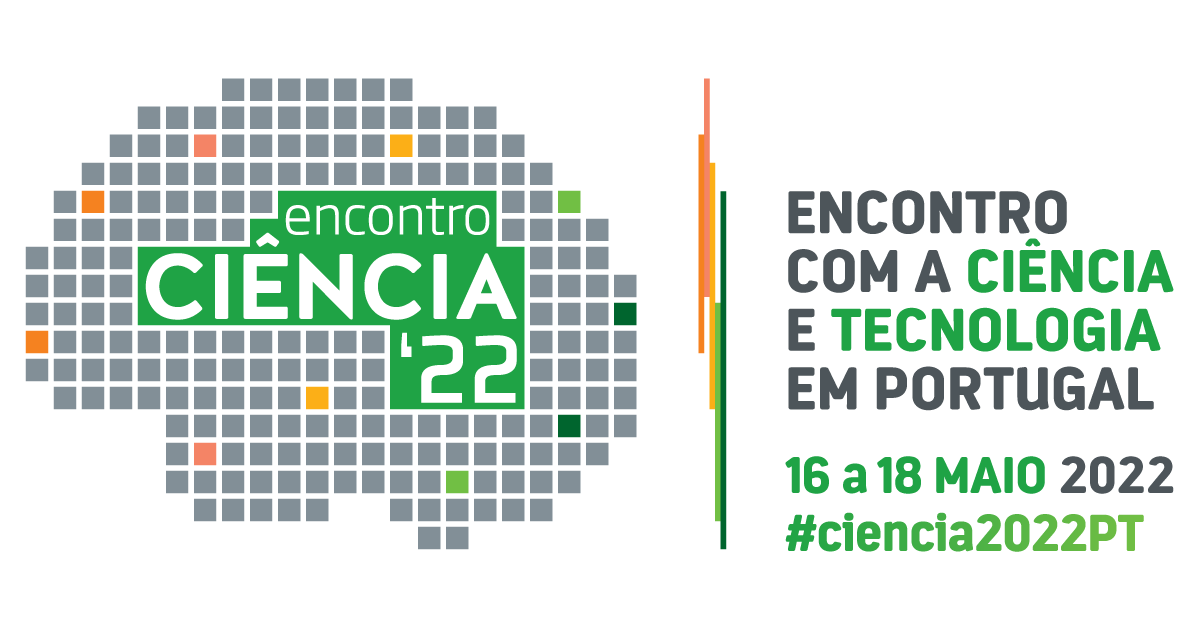
THE PIX – Portuguese Internet Exchange, FCT's digital service, operated by FCCN, celebrates its 30th anniversary. It was in this context that we spoke with the service's current manager, João Silva.
Topics in this article:
What is PIX's role today in Portugal's internet infrastructure and how does it position itself in the international internet exchange ecosystem?
Leaving a small introductory note expanding my opinion when addressing the growing importance and its future, PIX is a critical infrastructure at a national level as it promotes peering neutral, reduces costs and latency for traffic originating/destined in Portugal.
In international terms, it is a well-integrated regional/national IXP (a founding member of Euro-IX, for example), aligned with the vision and strategy of our Spanish counterpart (ESpanix), but does not compete in scale with the larger ones. hubs Europeans — rather, it complements them, maintaining a lot of traffic exchange within the country.
What impact does PIX have on the academic community and research centers?
I'd like to begin answering this question with a number. RCTS uses approximately 40 Gbps of daily traffic via PIX, which demonstrates its importance as an interconnection channel between academic and commercial networks.
PIX can leverage faster access to scientific data, crucial when data volumes are massive, but it also enables real-time scientific collaboration by reducing latency in high-quality videoconferencing between researchers, in collaborative projects with real-time data sharing, or even by leveraging distance learning platforms and remote laboratories.
Finally, I would like to highlight its support for innovation and technological development, with no fixed monthly costs, it helps small and new companies outside the academic sphere, but also startups And companies incubated at universities can benefit from high-quality connectivity to test and develop technological solutions. In short, it boosts knowledge transfer between academia and industry!
With the growing importance of technologies such as cloud or the Internet of Things, what role can PIX play in supporting these new trends?
Putting the focus on cloud, since I think it is more relevant, the cloud has driven exponential growth in terms of infrastructure data centers. Portugal, like other countries with emerging grids, is projected to multiply its demand for electricity by 3 to 5 times to data centers by 2035. A new cluster of data centers in the country brings immediate customers to local IXPs, driving traffic and attracting CDN operators and large content owners.
With the energy expansion, a global geographic pressure will also emerge: many hubs Traditional markets will lose priority, so emerging markets, such as Portugal, can benefit from this investment.
The country's geographic location could allow it to be one of the best strategic points in Europe for developing regional and global interconnectivity. It has all the conditions to become a hub first-class digital, improving digital sovereignty and technological competitiveness.
Over these 30 years, what milestones or achievements would you highlight as most relevant to the evolution of the service?
For three decades, GigaPIX (PIX) has established itself as a pillar of the internet in Portugal. It was responsible for creating the country's first internet exchange network (IXP), ensuring greater efficiency and cost reduction in data circulation. From the outset, it promoted cooperation between public, private, and academic entities, reinforcing its role as a neutral and strategic hub for the digital ecosystem.
Among the milestones along this journey is the introduction of the first 1 Gbps ports in 2001, the year in which it also joined EuroIX, connecting Portugal to a network of European exchange points and increasing its international visibility. In 2003, it pioneered IPv6 support, anticipating global trends and encouraging the modernization of its members. A few years later, in 2008, it introduced 10 Gbps ports, followed in 2018 by 100 Gbps ports, all within a framework of sustainable growth and responding to the increase in digital traffic.
More than keeping up with technological evolution, the PIX has been an active part of Portugal's digital transformation, ensuring that businesses, institutions, and citizens benefit from faster, more stable, and more secure internet. Thirty years later, it continues to be synonymous with innovation, cooperation, and trust in the country's digital future.
What are PIX's priorities and future plans in terms of capacity, technology, and expansion? How do you see PIX in the next 10 years?
During this year, we have tried to implement immediate improvements, such as relocating half of the route-servers of the same infrastructure of hypervisors to complement its redundancy, the replacement of equipment faulty in end-of-life, migration of the rack in one of the DCs of our facilities on Avenida do Brasil, in Lisbon, with the aim of freeing up the old one for operators, and also improving several support systems, such as the centralized system of logs, between others.
Regarding the future, the short and medium-term strategy was aligned with the General Coordination, including the expansion of geographic locations, very soon, the remodeling of the website, real-time data through streaming telemetry and a new PIX architecture and topology, evolving the current infrastructure purely layer2, for an IP infrastructure (SR/MPLS), ensuring better use of connections and drastically improving convergence times with the acquisition of new routers with 400G port capacity. We hope to complete all of these points by 2026.





